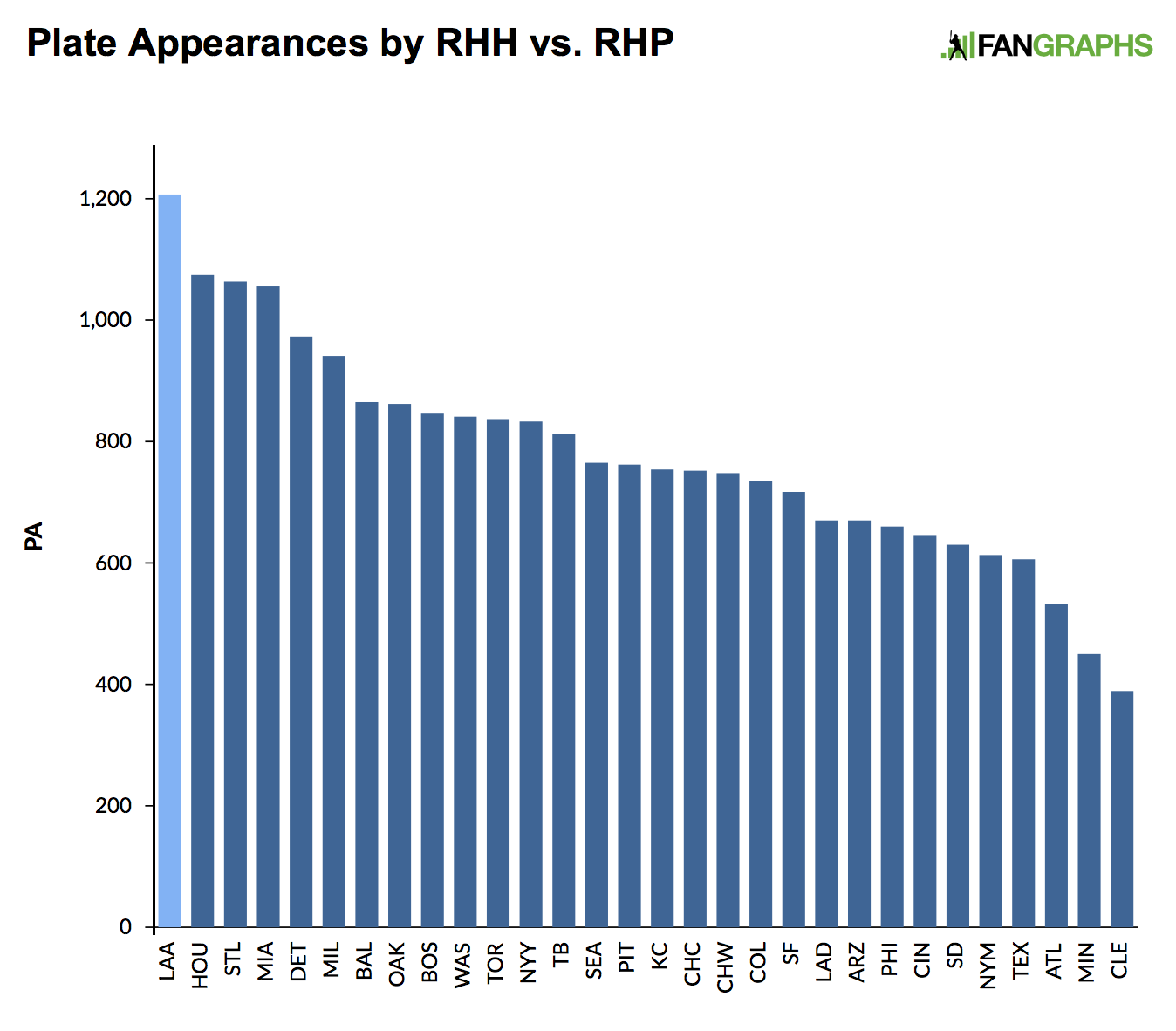The Astros’ Quiet Catching Advantage
CLEVELAND — In the seventh inning on Friday at Progressive Field, Astros starting catcher Brian McCann did not come out for his scheduled at-bat. Instead, fellow catcher Max Stassi appeared out of the third-base dugout as a pinch-hitter. Astros manager A.J. Hinch had elected to pinch-hit for his starting catcher with another catcher to face Indians left-hander Tyler Olson, owner of considerable splits. We don’t often see a manager pinch-hit for his starting catcher, but the decision worked: Stassi singled.
The Astros have not exactly made it a regular practice, but it was the eighth time they have pinch-hit with a catcher for a catcher this season in order to gain the platoon advantage. But the Astros are one of the teams that has regularly tried to do this with the left-handed McCann and right-handed Stassi and Evan Gattis. (With McCann going on the DL on Tuesday, the Astros’ aggressive catcher platooning will be placed on hold, probably.)
In an age where managers try to leverage handedness as often as possible, catchers have the lowest platoon advantage (41.4%) among all non-pitchers, according to research assistance from Sean Dolinar. Shortstop is next (42.8%) and is the only position that doesn’t enjoy a platoon advantage the majority of the time. What they share is status as specialized, glove-first positions:
| Position | PA | Platoon Adv % |
|---|---|---|
| P | 1572 | 40.1% |
| C | 5883 | 41.4% |
| 1B | 6359 | 61.7% |
| 2B | 6328 | 60.8% |
| 3B | 6275 | 53.5% |
| SS | 6173 | 42.8% |
| LF | 6318 | 59.8% |
| CF | 6244 | 51.9% |
| RF | 6304 | 54.7% |
| DH | 3137 | 50.7% |
| PH | 1568 | 67.5% |
If a club is looking for a position from which to extract more value by facing more opposite-handed pitchers, catcher is the untapped positional market.


